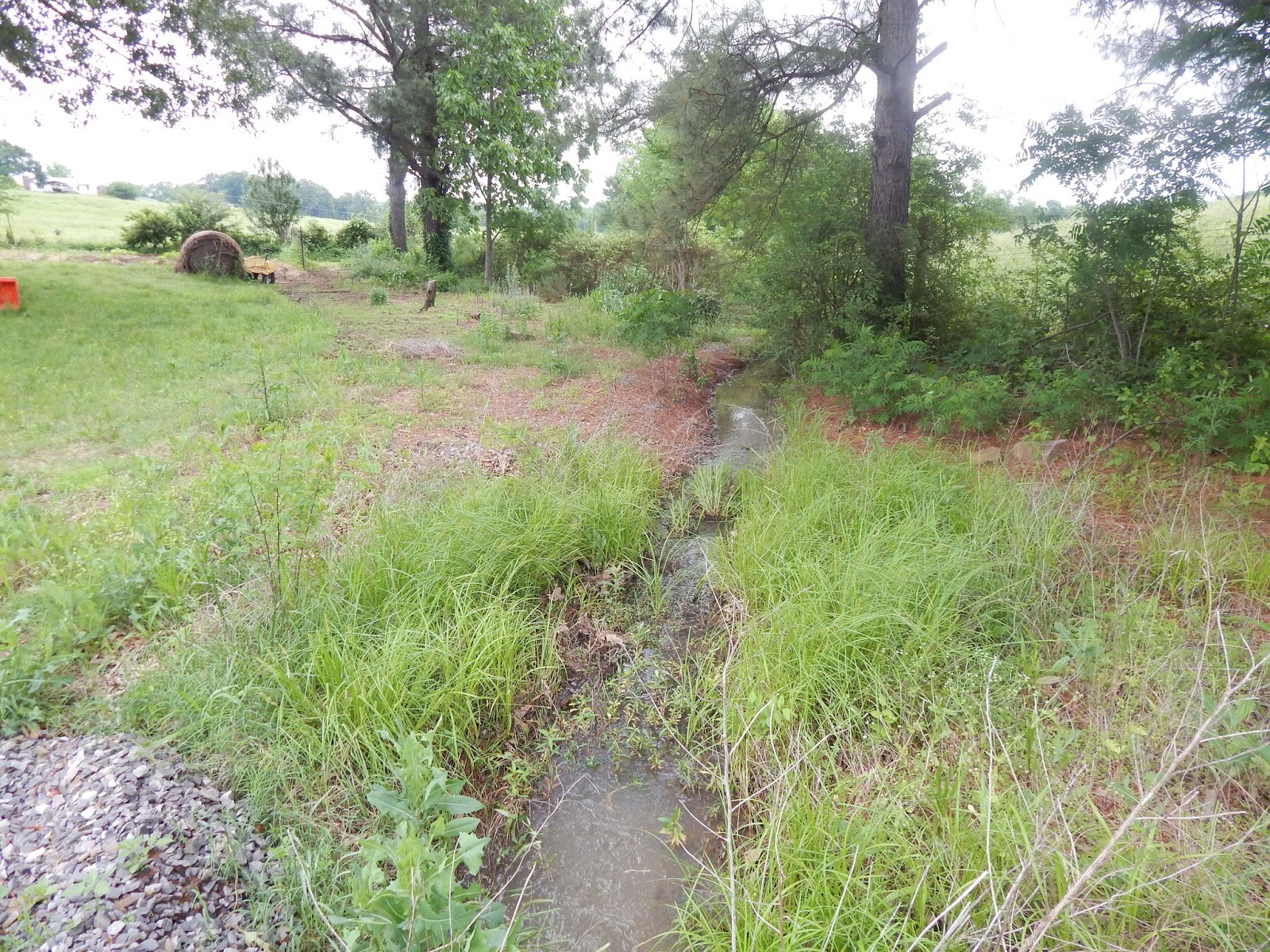| Online: | |
| Visits: | |
| Stories: |

| Story Views | |
| Now: | |
| Last Hour: | |
| Last 24 Hours: | |
| Total: | |
What Nutrition Is In Your Garden?
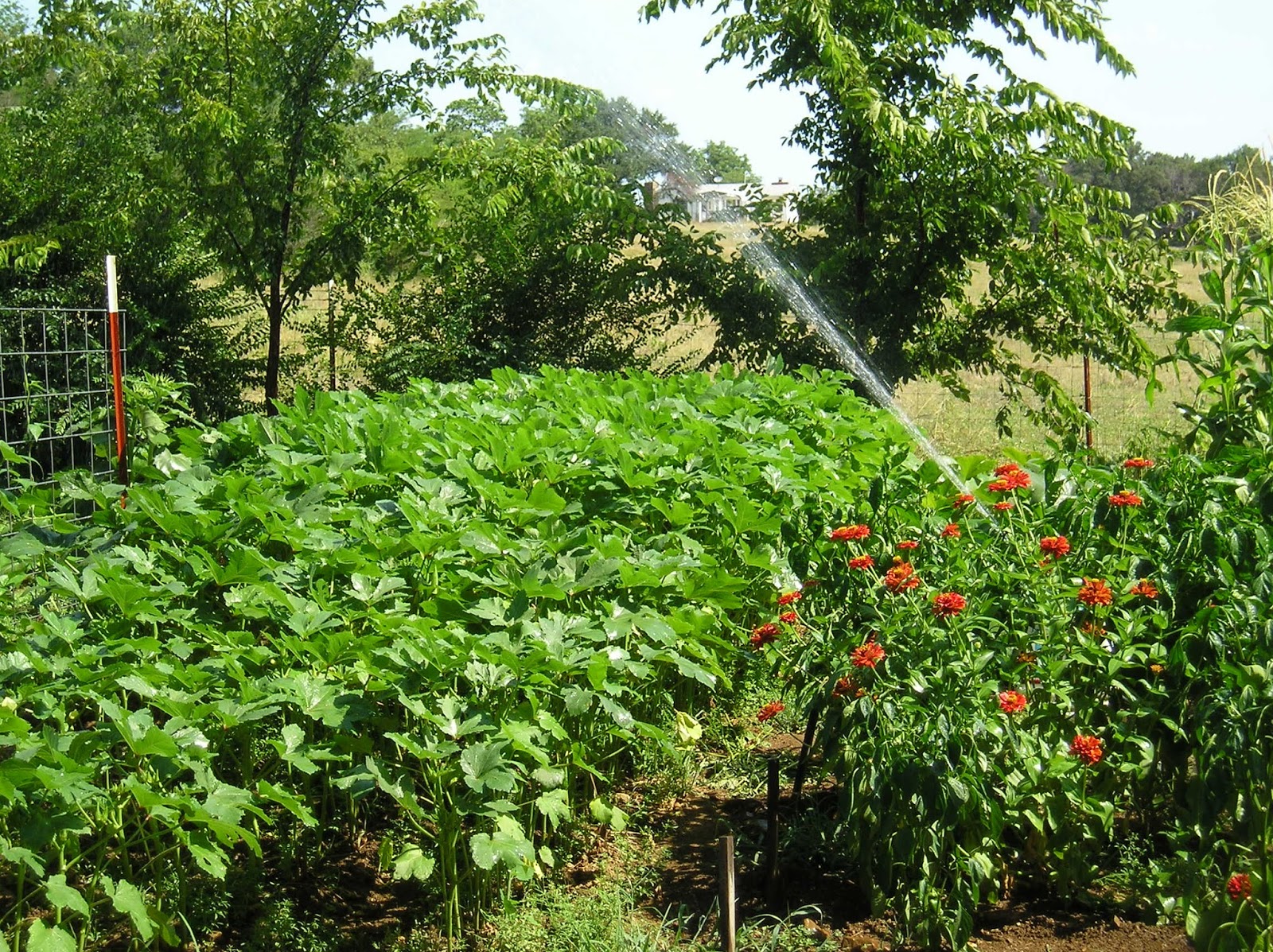 |
| July 2013 |
We have learned a lot about gardening in the last five years. Now this year, we have focused our planting on vegetables that have grown well here before, that we like and that the animals like. As I was out working in the garden today a question came to mind. If we had to survive on what we are growing and preserving this summer until the harvest begins from the garden next summer, what kind of nutrition and caloric value do the vegetables we are growing have? Would it be the right combination and quantity to keep us healthy? Would it provide us with the energy and stamina we would need to not just survive but live fairly well through the winter? Hmm…the answer is, I don't know.
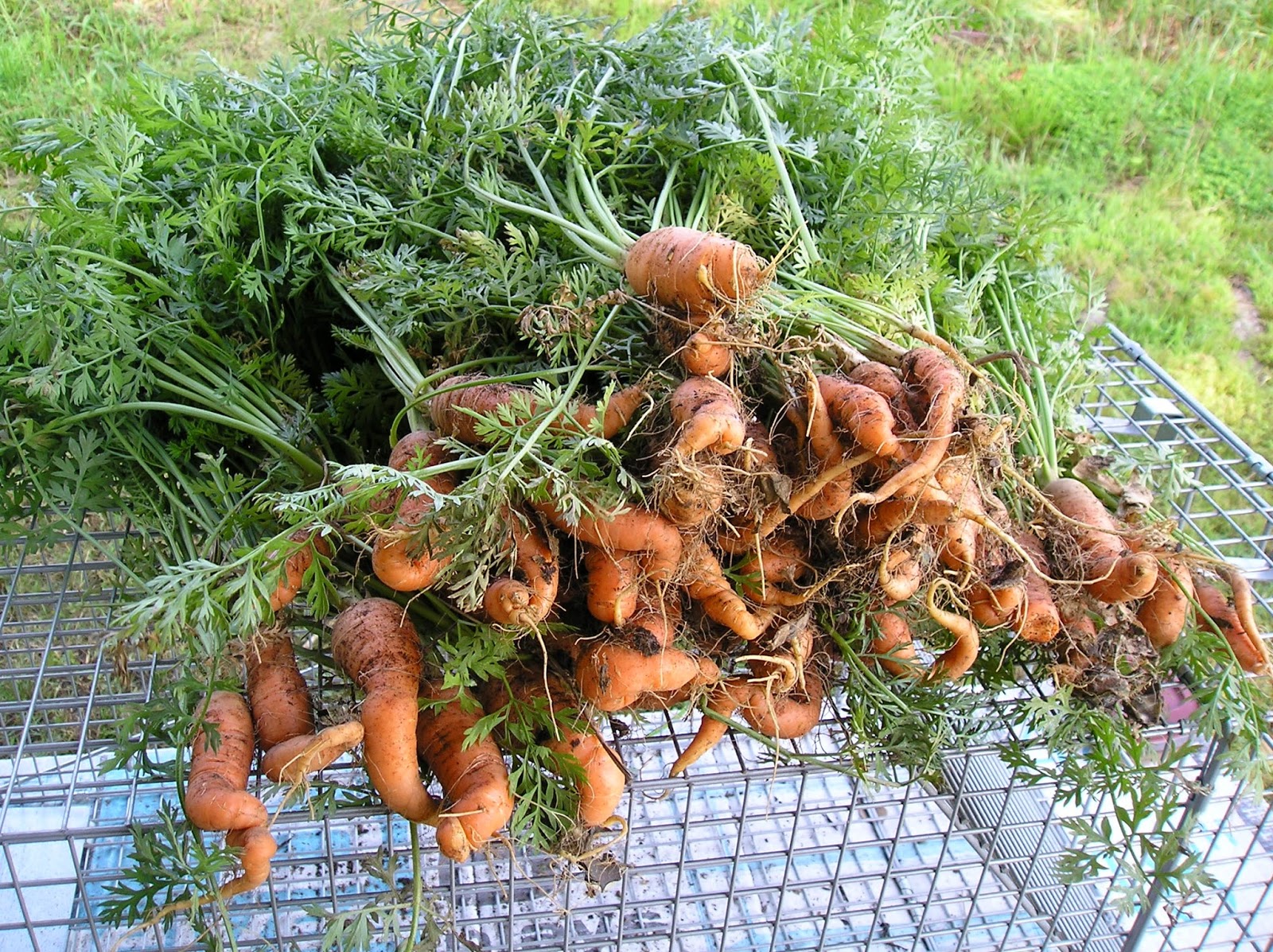 |
| June 2013 |
The garden this summer has been simplified. I am frequently guilty of having too many things growing to do any of them very well. This year I forced myself to simplify. Some of the things we are growing are for people and animals, so I planted more than we would need. Last year we grew too many of some things, like cucumbers, and some things we didn't grow enough of, like carrots. So this year, I am trying to adjust the amount we get to better suit our needs.
 |
| July 2013 |
Now, out of the main crops we are growing and canning, freezing or drying for ourselves, I need to figure out how they will nourish us through the winter and spring until the next harvest is available to eat in enough quantity to sustain life. Where do I start? With a list of what is growing. Then I need to research nutrients and calories for each item. The unknown in this equation is how well these plants are going to produce and how much we will be able to preserve and store. Another unknown is the actual nutritional value of vegetables grown in our soil, so I will have to go with basic average nutritional content.
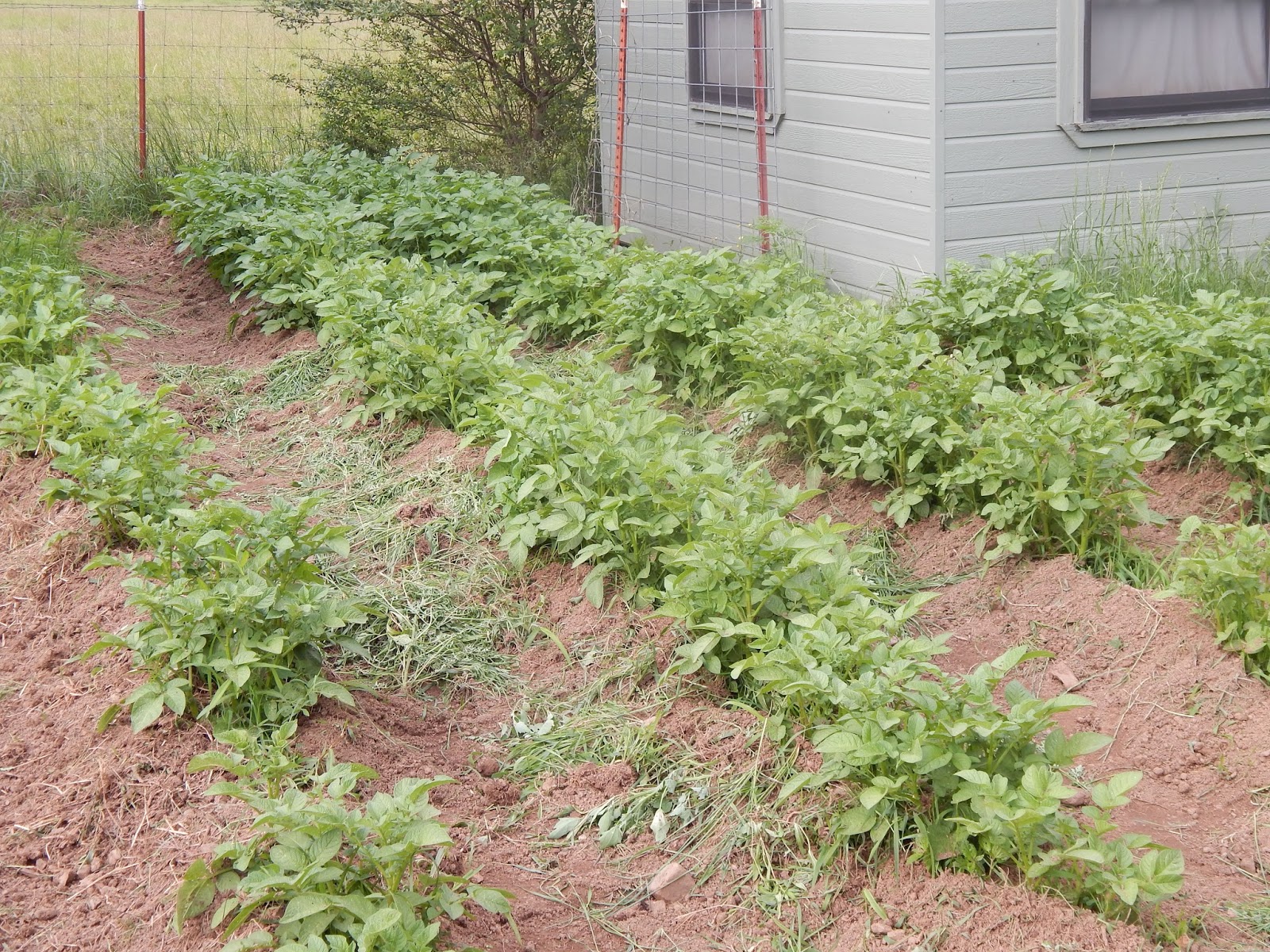 |
| May 2014 |
So, going east to west across the garden, here are our current vegetables: Peppers, Carrots, Green Peas (which I picked for the first time today), Tomatoes, Okra, Yellow Crookneck Squash (which are blooming and have tiny squash on them), Purple Hull Peas, sweet Corn, Sunflower Seeds, Cucumbers, Beets, Onions, Potatoes, Green beans, Cabbage, Broccoli and Sweet potatoes. Then, for the fall garden we hope to grow: Cushaw Squash, Turnips, potatoes, carrots, beets, cabbage, spinach and brussel sprouts.
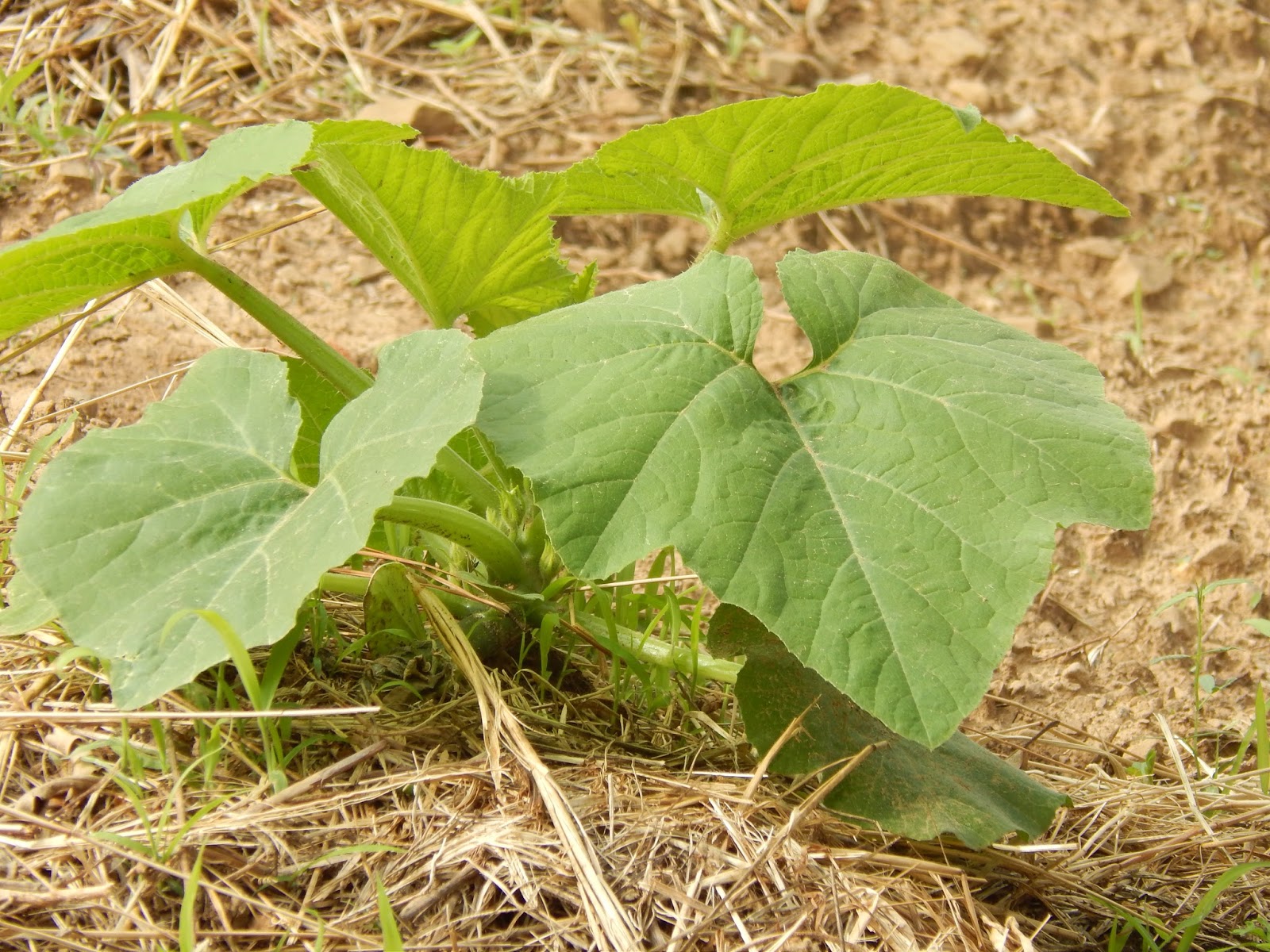 |
| May 2014 |
Now, I have some work cut out for me. I will post the results of this research and let you know if I think our garden choices will be adequate. In my quest to simplify and produce more consistently, I hope the choices I made were good ones when it comes to nutrition. There are subtle layers involved in every type of learning situation. First I had to learn to garden. Then I had to learn to compete with bugs, birds and bunnies. Next, I had to learn how to preserve our harvest. Now, I want to be able to sustain life, not just supplement it, so I need to delve into another layer of knowledge about vegetables.
This type of learning can be applied to just about everything from radio communications to cooking to raising goats and making cheese. Everything has a basic level of knowledge and many layers beyond. Your level of expertise will depend upon how much you want to learn. Interesting, huh? Where are you on your learning scale? Where do you want to be and what are you doing to get there?
Until next time – Fern
Source: http://thoughtsfromfrankandfern.blogspot.com/2014/05/what-nutrition-is-in-your-garden.html




